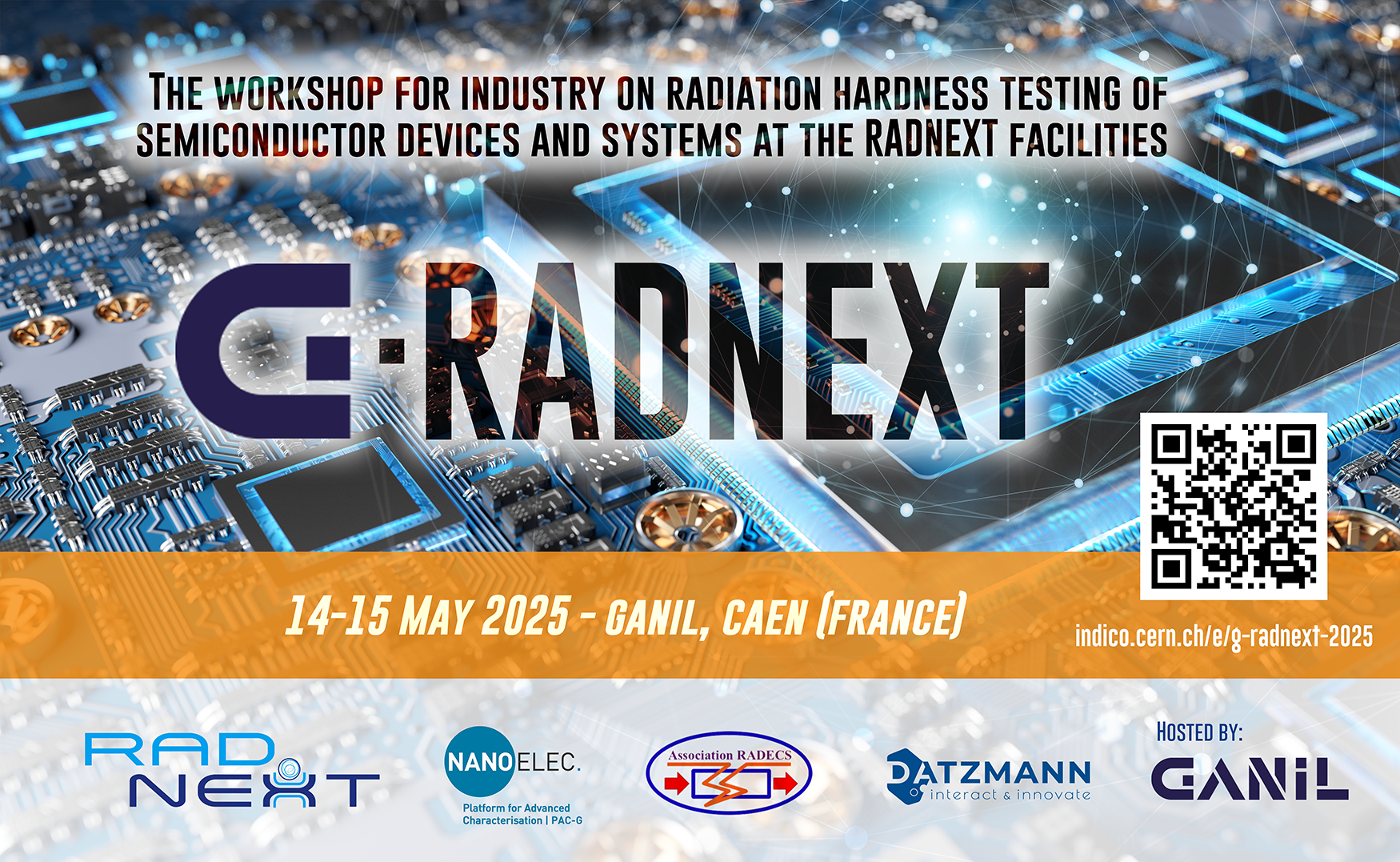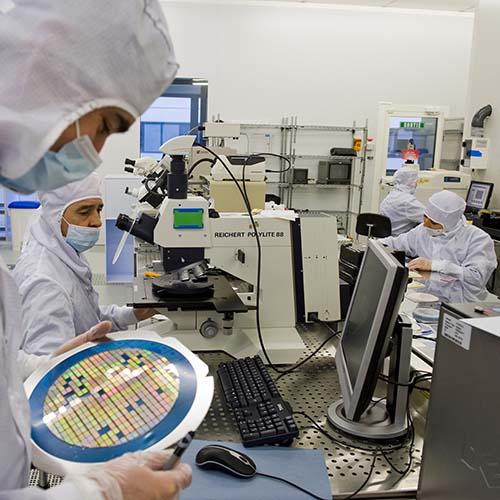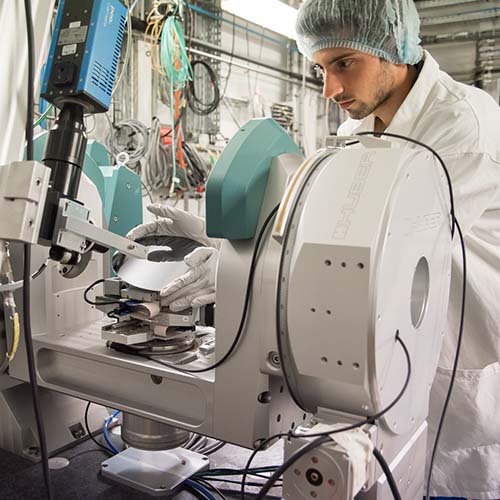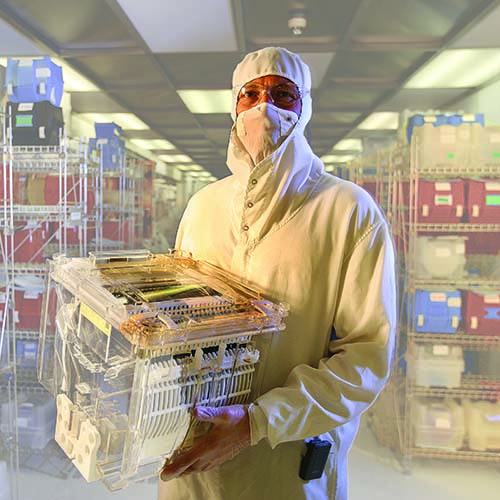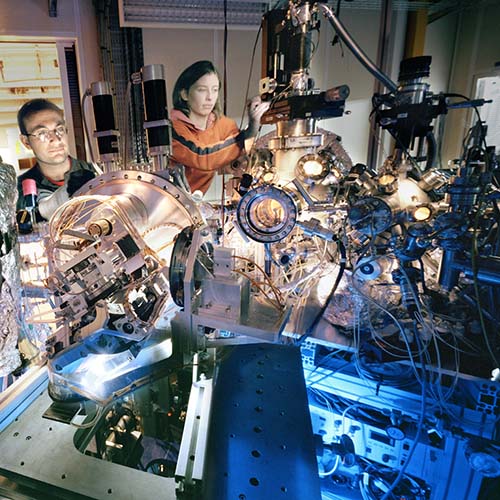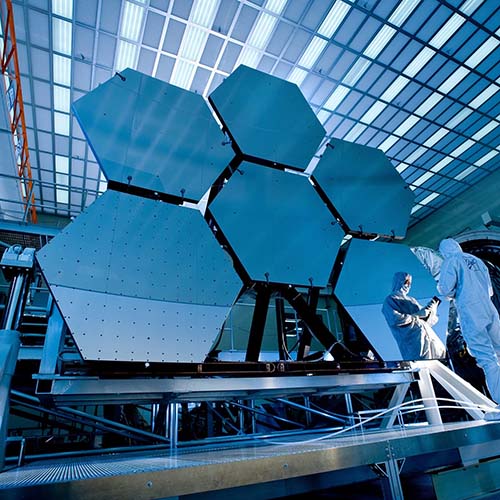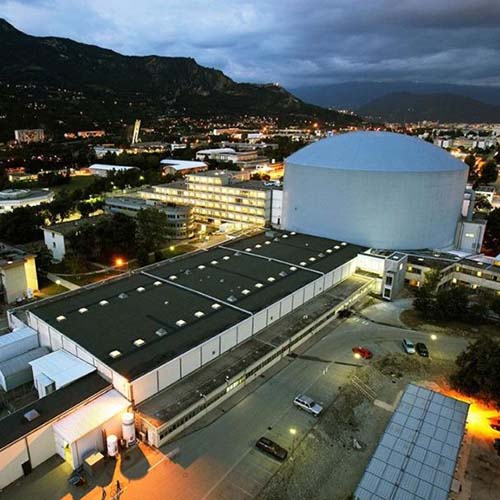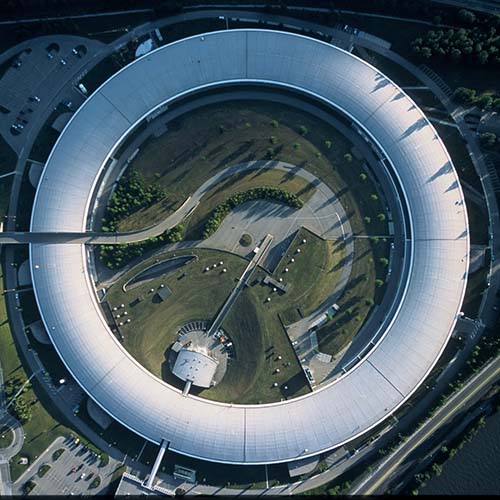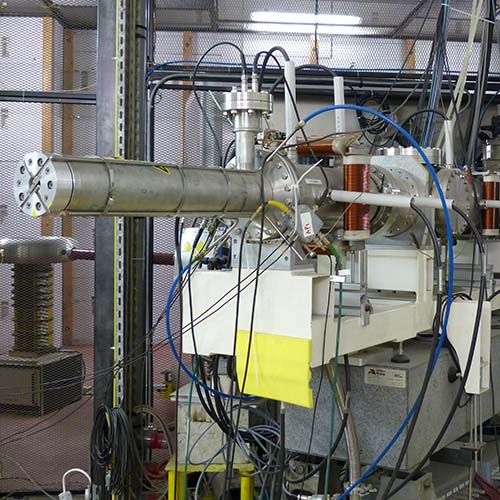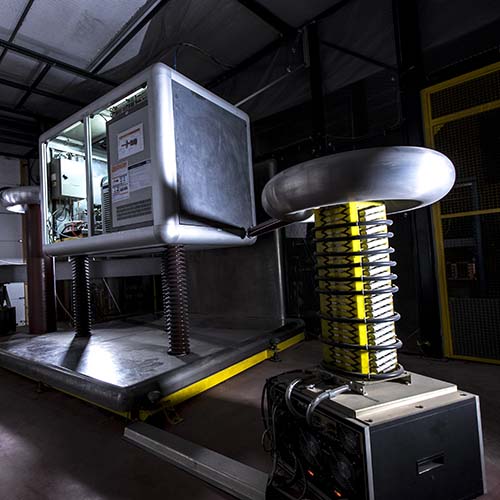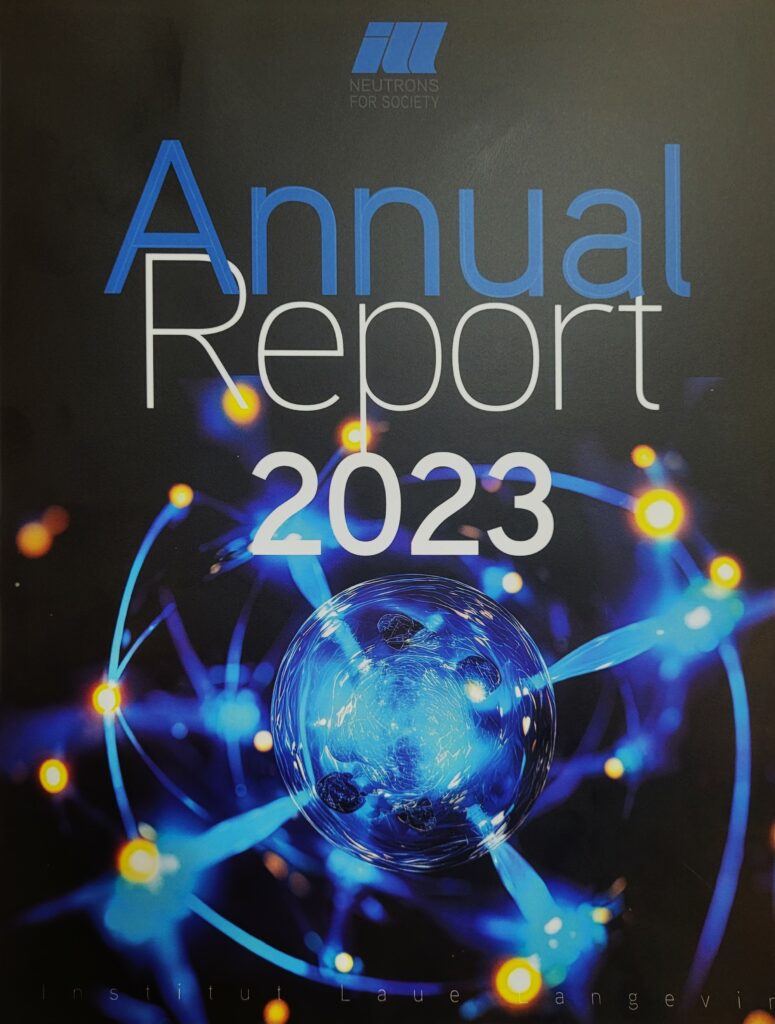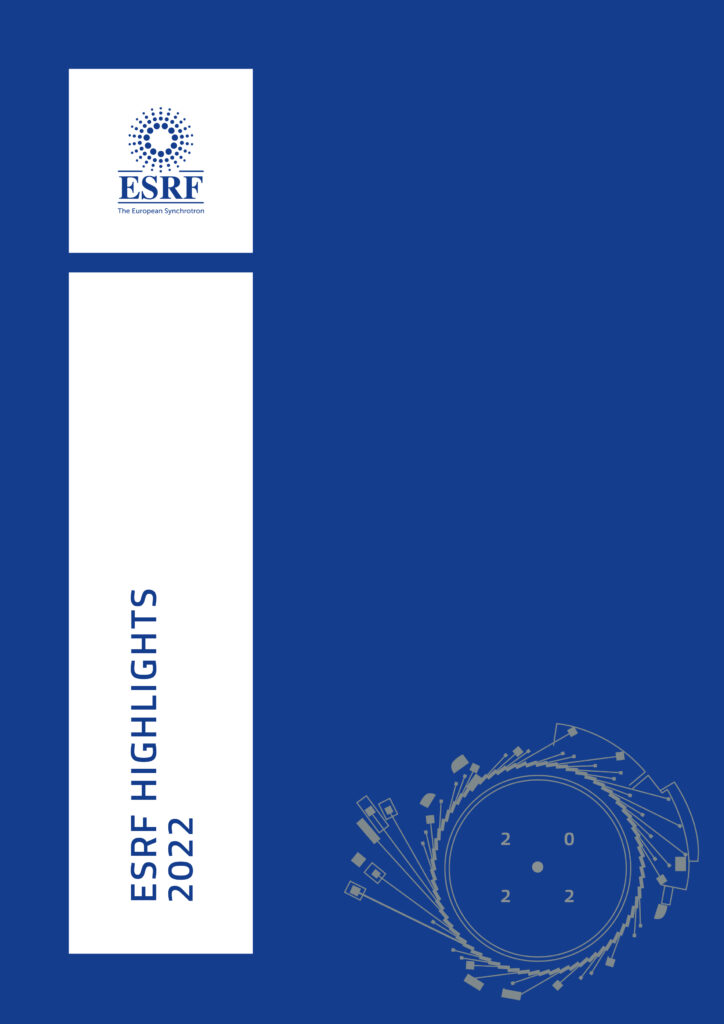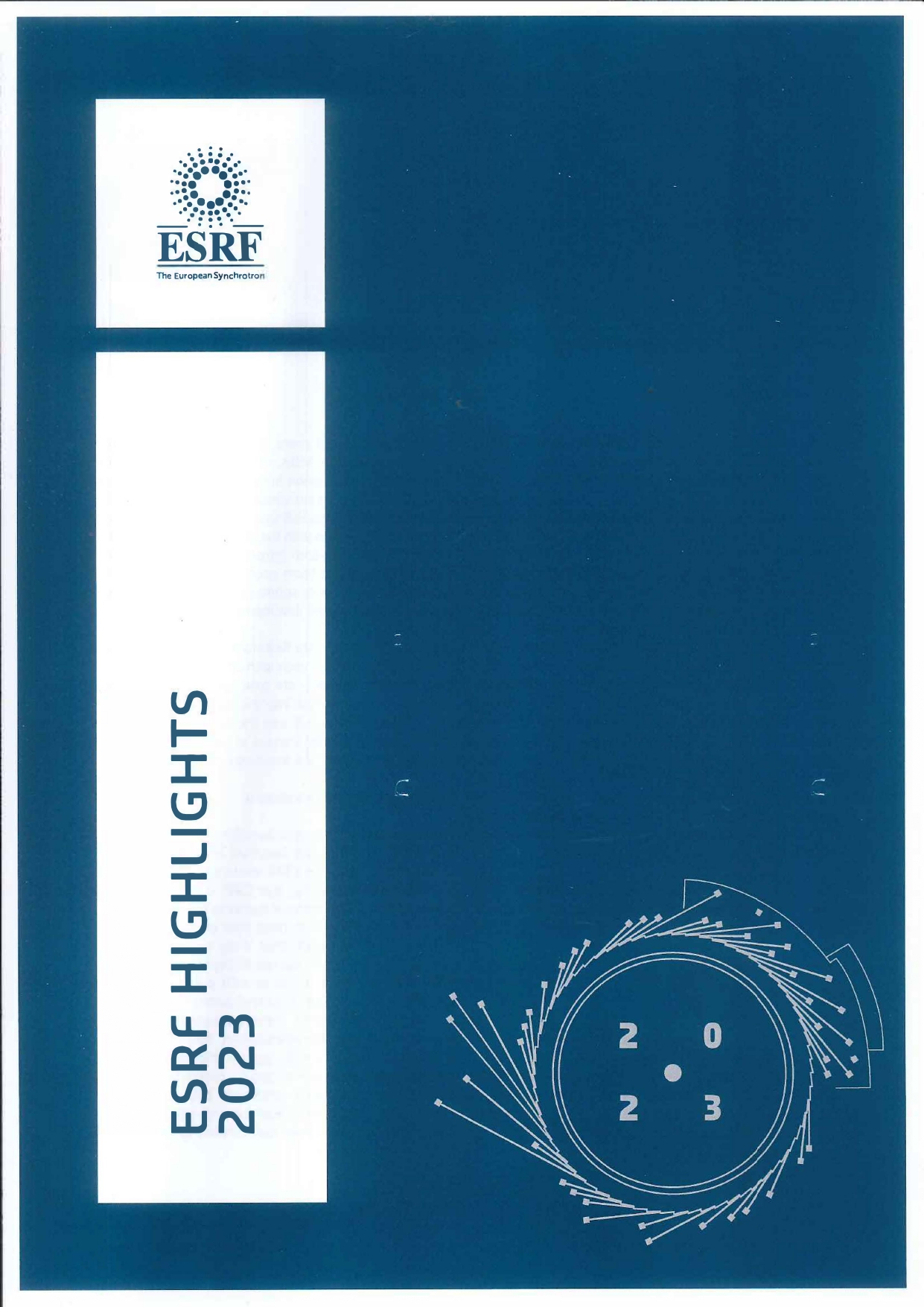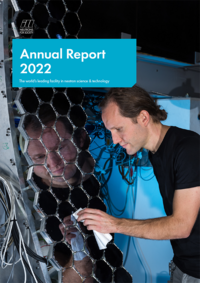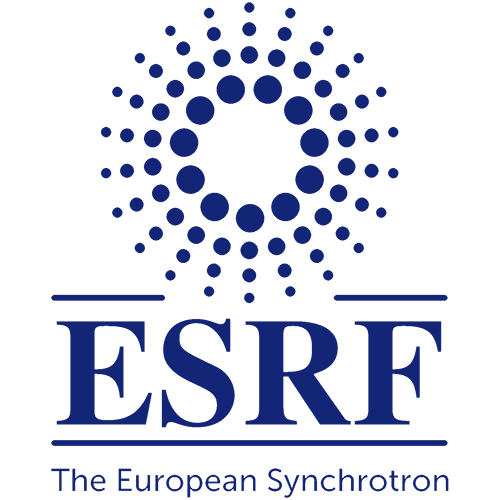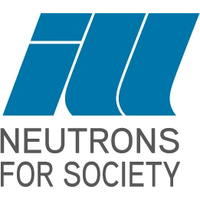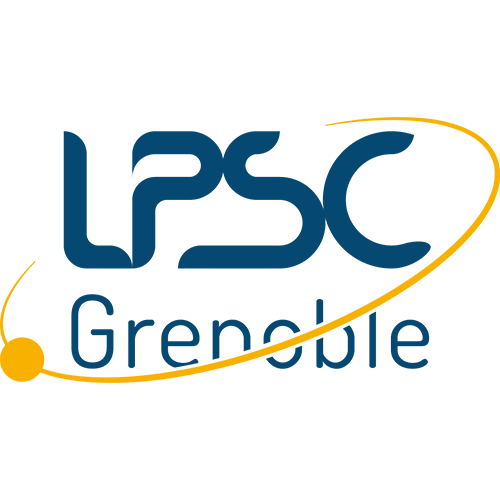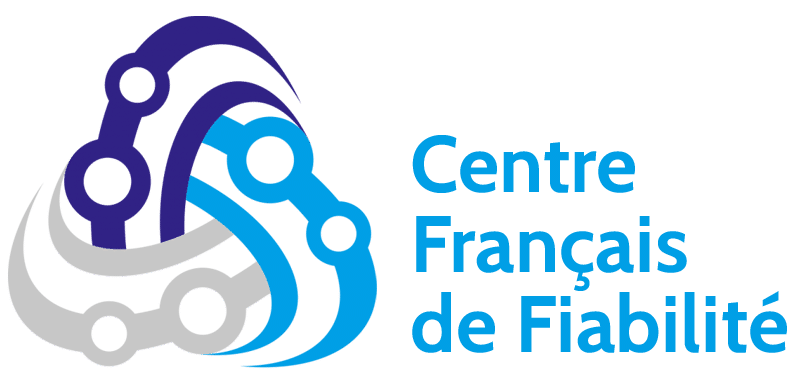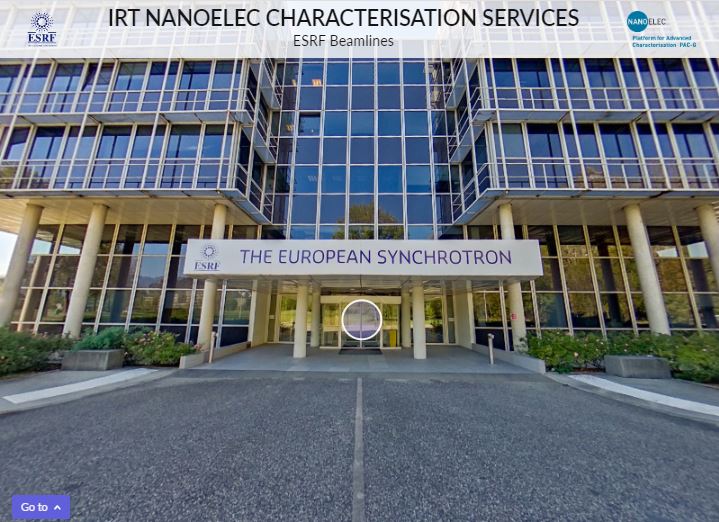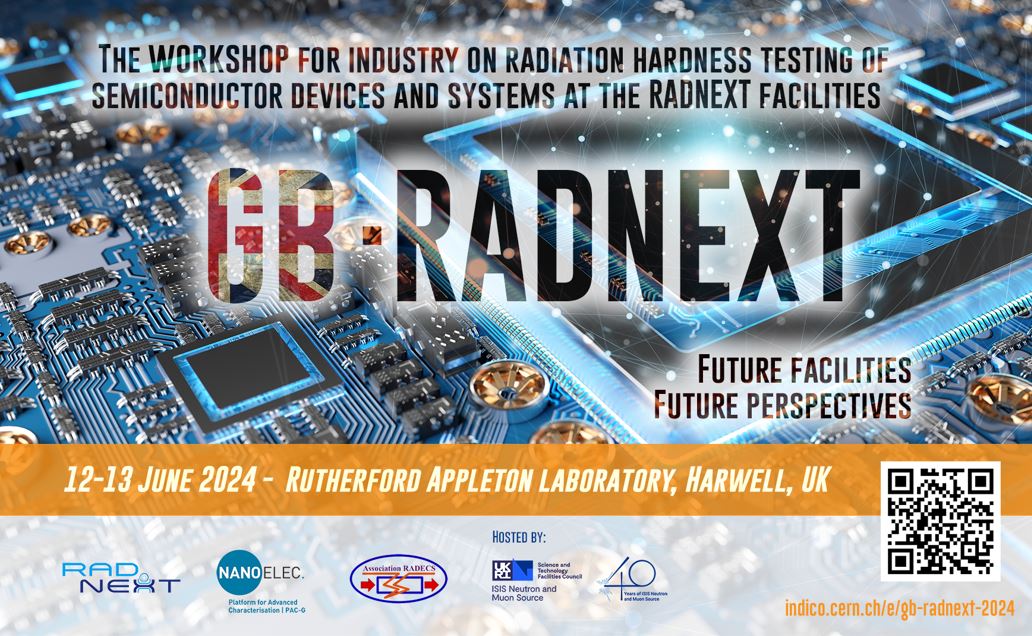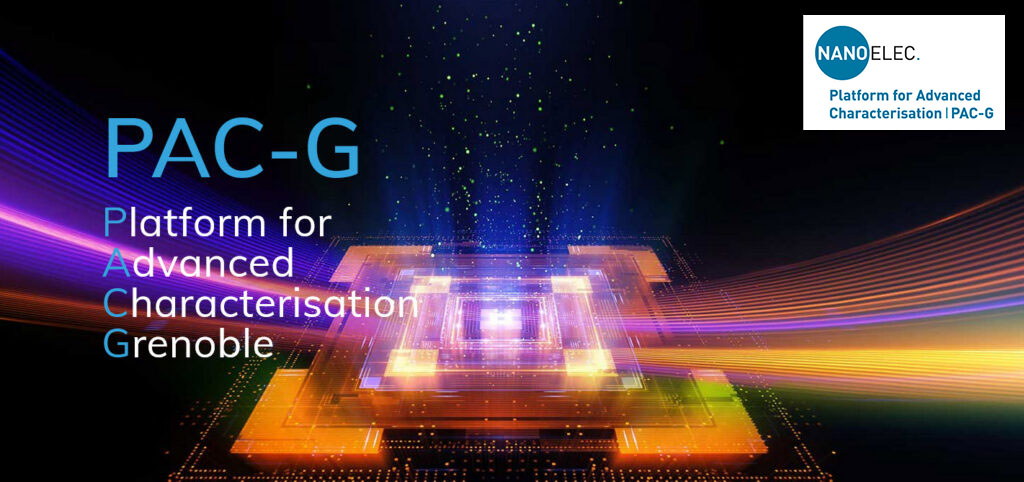
Services
PAC-G provides a range of services, from consultancy work to executing sample characterisation experiments and analysing data. We provide access to large-scale facilities, such as synchrotron and neutron sources, and offer a cost-effective and rapid service tailored to the micro- and nano-electronics industry. Through us, industry can access cutting-edge characterisation tools without going through selection processes. We also offer access to some of the world’s most knowledgeable experts in the field of material characterisation.
Our services have applications in R&D, the various stages of product development, failure analysis and process optimisation. Some of the main areas that we specialise in are shown below. Please visit our dedicated applications and techniques page for more information.

Evaluation & Plan
Definition / development of sample environments and testing methodologies

Sample Preparation & Characterisation
Scientific support and technical assistance throughout the test
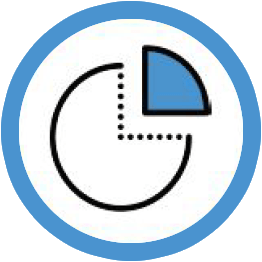
Data Analysis and Reporting
Support in data analysis and interpretation of the results
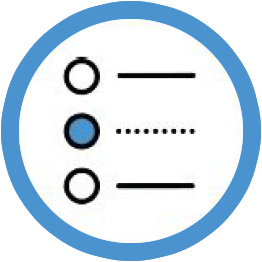
Customer Solutions
Confidentiality levels adapted to clients needs, competitive pricing and delays

Customer Challenge
Consulting on the best technique to use (no prior knowledge of advanced techniques required)
Crystal quality determination
Applications in qualification, wafer characterisation and new process development.
Interface characterisation
Probing buried interfaces to evaluate manufacturing processes, analyse failure and delamination.
High resolution Imaging
Imaging electronic components in 2D/3D down to nanometre resolutions for failure analysis.

Irradiation Studies
Investigating reliability and SEE sensitivity of electronic components and systems.
What is PAC-G
PAC-G is a dedicated gateway giving the micro- and nano-electronics industry quick and easy access to some of the world’s most advanced characterisation facilities. We are unique, offering a single, unified access point to large-scale facilities such as synchrotron- and neutron-based sources. This gives us an extremely broad portfolio of individual characterisation techniques, complementary in nature, that we can offer our clients. PAC-G is part of the Technological Research Institute, Nanoelec (Programme d’Investissements d’Avenir, IRT Nanoelec under grant ANR-10-AIRT-05). Please visit the Nanoelec website for more information.
Publications
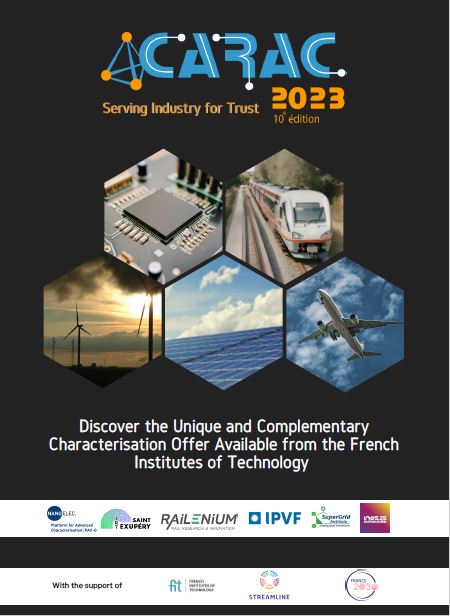
Characterisation Offer Available from the French
Institutes of Technology
(page 6 & 7)
Who is PAC-G
PAC-G has four member characterisation institutes. These are the European Neutron Source (ILL), the European Synchrotron Radiation Facility (ESRF), the GENESIS neutron generator at the Laboratory of Subatomic Physics & Cosmology (LPSC-CNRS) and the Laboratoire d’Electronique et de Technologies de l’Information at the Commissariat à l’Energie Atomique (CEA-LETI).
In addition to the member institutes, PAC-G also has four industrial partners and one associated partner. These are STMicroelectronics, Soitec, Schneider Electric, IROC Technologies and SERMA Technologies, respectively. For more information about the four members institutes, partners and members of the PAC-G please expand the sections below.
Partners
SERMA Technologies is an associate partner of the PAC-G and specialises in electronics technologies management “ETM®”, offering consultancy, expertise, analysis, inspection and testing services for components, circuit boards and full electronic systems, and assists its customers throughout the industrial cycle by advising them in the development, durability and reliability of their products.
The PAC-G is a member of the French Reliability Center (CFF), that brings together entities on a national scale, including academic and industrial partners, research laboratories, large corporations, and SMEs/ETIs.
The mission of CFF is to connect competent stakeholders for addressing technical and technological challenges related to “Reliability” and to create synergies among expertise, resources, and users.
PAC-G Team
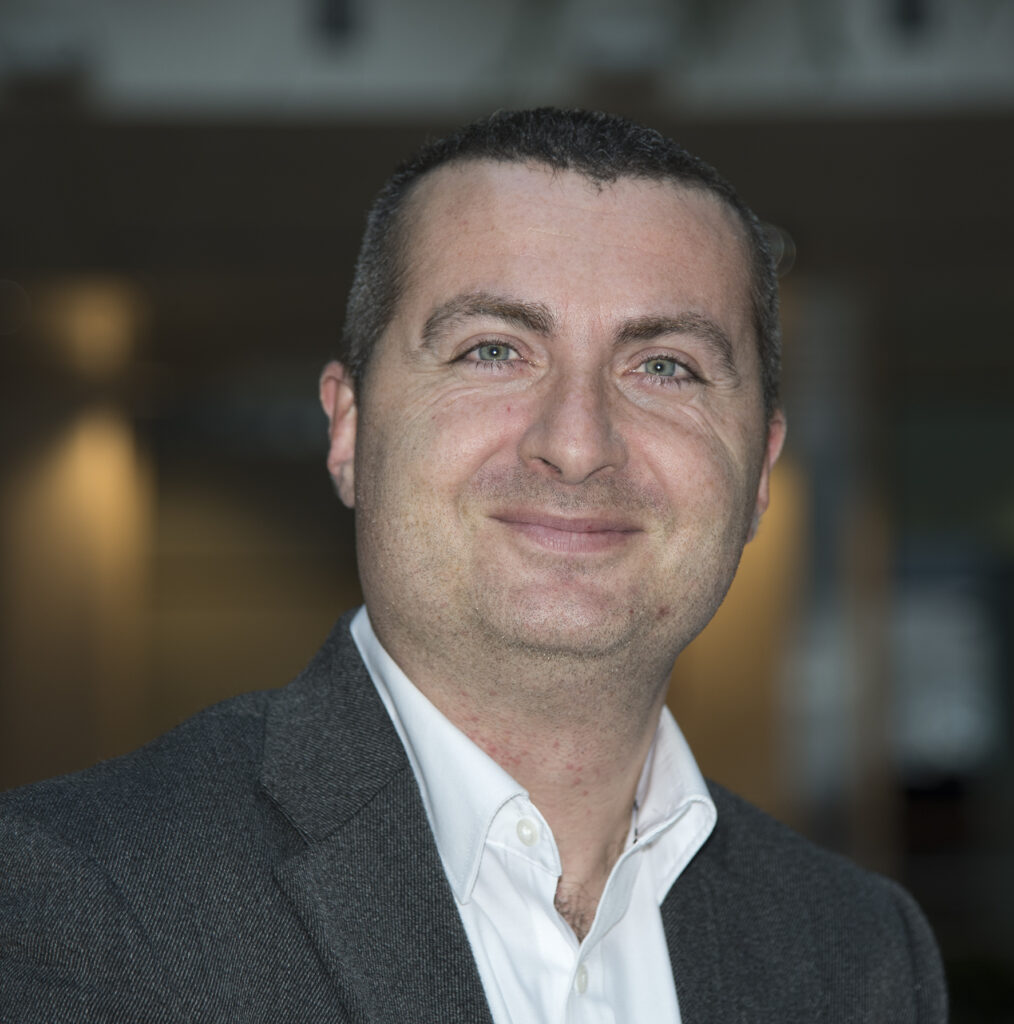
Director PAC-G

Business Development Unit
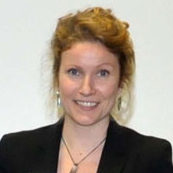
Head of Accelerator and Ion Source Division at CNRS-LPSC
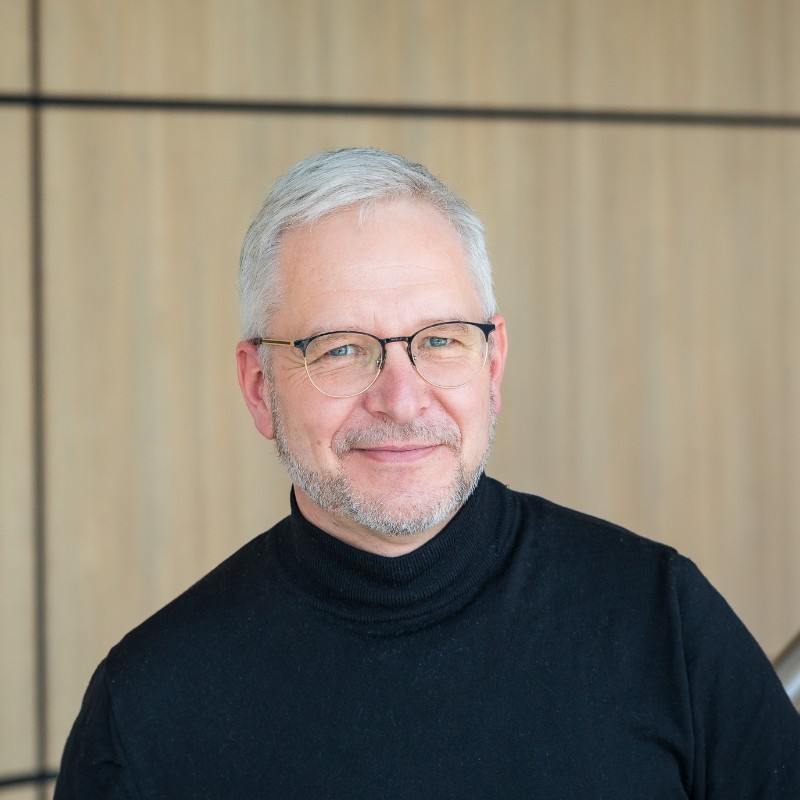
Communication Manager at IRT Nanoelec
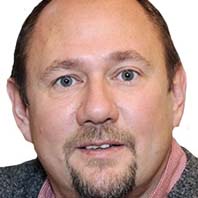
Program Manager Nanocharacterization at CEA-LETI

Responsible GENESIS platform at CNRS-LPSC
Why PAC-G
The PAC-G member institutes offer a unique range of capabilities that cannot be matched anywhere else in the world. Furthermore, many of the techniques that they offer are complementary in nature.
Through PAC-G, our clients have access to a unique multidisciplinary team of knowledge experts. It’s also a more efficient and convenient way of working.
PAC-G offers mail-in services and can carry out proprietary work under NDA/CDA agreements. There are also opportunities for long term collaborations.
Access to unique information
Our techniques give access to sample information that cannot be obtained using any other methods.
In situ and non-destructive
Many of our applications can be carried out as in situ studies to reveal how properties evolve.
Knowledge experts
Our multidisciplinary team includes world-renowned experts who are leaders in their fields.
Virtual tour
Discover four European Synchrotron Radiation Facility (ESRF) beamlines, active in the domain of microelectronics, that industrials can access thanks to IRT Nanoelec Platform for Advanced Characterisation-Grenoble (PAC-G).
You can find here a link to the IRT Nanoelec’s neutron source TENIS, at the Institut Laue-Langevin: TENIS virtual tour.
You can also find a tour of the ESRF ID01 beamline here : ID01 virtual tour.
News
Our last LinkedIn post
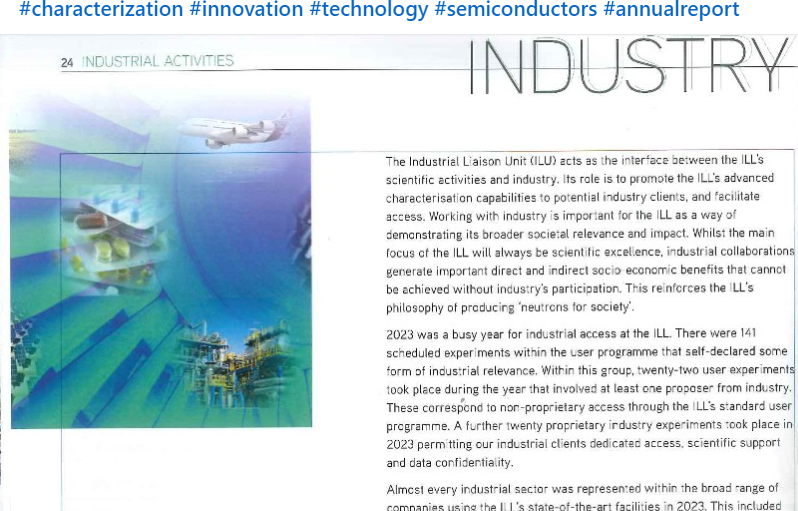
Highlight
You can catch up with members of the PAC-G team at any of the events listed below.
Events
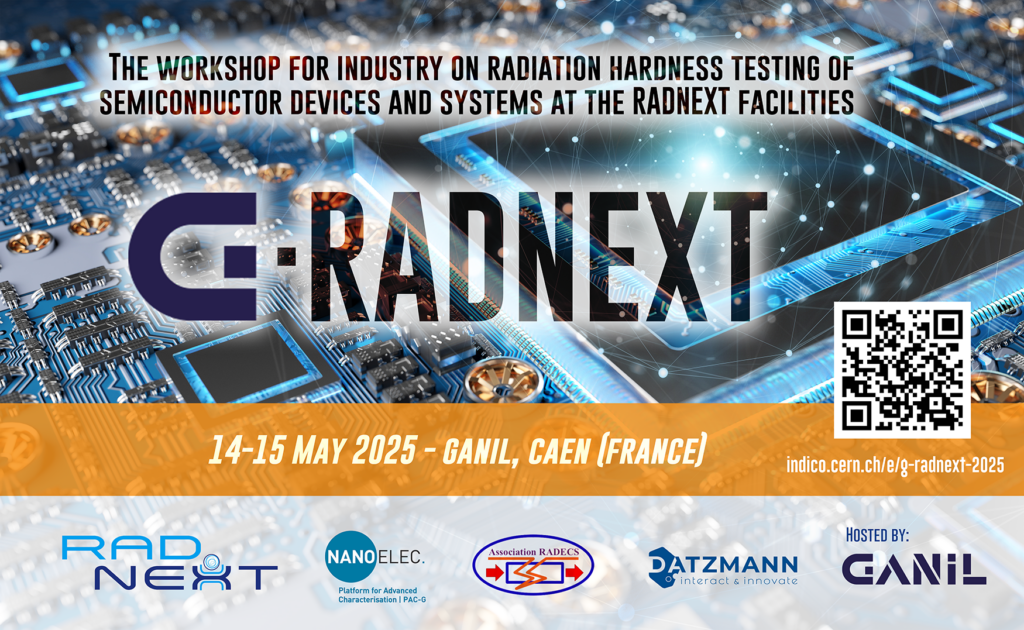
G-RADNEXT 2025
May 14th and 15th, 2025
Register here
FAQ
Below we’ve listed some of the most common questions that we get asked. Please click on a question to see the answer. If you have other questions for us then please contact us
What is the PAC-G?
PAC-G stands for Platform for Advanced Characterisation Grenoble. It is a single entry-point for the advanced characterisation services provided by the European Synchrotron (ESRF), the European neutron source (ILL) and the Laboratory of Subatomic physics and cosmology (LPSC). The particularity of the PAC-G is to address the semiconductors market, specifically micro- and nano- electronics instead of having a broad range of sectors. The access is done in a fast and cost- competitive manner, with confidentiality levels adapted to your needs, which makes it particularly interesting for industrial research. Our scientists will set up the instruments beamlines and, depending on the service chosen, will perform the measurements and analyze the data.
No need for proposals, peer reviews or publications. We secure beamtime and also provide advice on the best technique (or combination of techniques) to use based on your characterization challenge.
How was PAC-G created?
The PAC-G was created within the frame of the French Technological Research Institute (IRT) Nanoelec, funded under the Investissements d’avenir economic stimulus package, (grant ANR-10-AIRT-05).
PAC-G aim is to open the large-scale facilities of Grenoble to the industry with characterisation services. If you are interested in other ways of collaborating with these research facilities (long-term collaborations, PhD proposals, public research etc.) we invite you to contact us and we will put you in contact with the right person inside these organisations.
How do I use PAC-G characterization services?
PAC-G characterisation services are tailored for industrial R&D.
You can contact us at support@pac-grenoble.eu, or by phone +33 (0)4 57 42 80 77
One of our scientists will be in contact with you as soon as possible to understand your needs and characterisation challenges. In this process, technical meetings can be arranged. You will need to have good knowledge about your samples and the type of information you are trying to obtain; Typically at this stage confidentiality agreements are signed (NDA, CDA etc.)
Once we clearly understand what you are trying to do, we can advise you on the best techniques to use. If you already have that in mind, we can start assessing beam time and setups needed for your test. At this stage, price is evaluated and a quote is prepared.
If the quote is accepted, your test will be scheduled at the shortest possible delay, typically one month.
If requested, our scientists will perform the measurements. We encourage the participation of our clients, not only for the fun of science but also to answer some specific questions about the samples we might have during the experiment.
Depending on the service chosen, our scientists will perform the data analysis and deliver the results. We can also recommend other companies that can help you in this task.
If needed, we can also provide assistance in the interpretation of these results.
I am an experienced user, can I reserve only the beamtime to perform my tests?
Yes, if you are already familiar with synchrotron X-rays or neutrons you can book only the beamtime and perform your experiments. You will have a local contact available to help you in case you need any assistance.
I have no specific knowledge in characterization or in the use of synchrotron X-rays or neutrons, is PAC-G for me?
Yes. The main role of the PAC-G is to provide all the support needed in the use of large-scale facilities, from experts to new users. Starting from the expression of your need, we can structure a test plan and also guide you through our portfolio of techniques in order to find a suitable solution.
What information can PAC-G techniques provide?
PAC-G techniques use synchrotron X-rays and neutrons to probe matter like giant microscopes, giving useful information from wafer-level characterization, device and system level characterization.
| PAC-G Technique | Information Derived |
|---|---|
| XRD (group of techniques) | Crystal structure, composition, crystalline grain size, phase recognition, lattice parameters |
| 3D Reciprocal Space mapping | Texture (crystallographic orientation of grains), microstructure, internal phases |
| Reflectometry (XRR, NR) | Thickness, roughness, electronic density, delaminations, interface characterisation |
| X-ray topography (XRT) (Group of techniques) | Crystal defects, dislocations, residual strain, stress, deformation |
| Small Angle Scattering (SAXS, SANS) | Defects (voids) size, size distribution, growth kinetics, Statistical characterisation |
| Critical dimension SAXS (CD-SAXS) | Morphology of line grating nano-objects (line width and height, picth size (period), line edge roughness, etc. |
| Tomography (Neutron and X-ray) | Morphology, defects, cracks, voids, precipitates, 3D visualisation, water/H contamination |
| X-ray fluorescence, Neutron Depth Profile | Contaminants, dopants concentration, chemical mapping |
| 14 MeV neutron irradiation | Single-event effects (SEE) sensitivity, random fault-injection, pre-qualification of electronic components |
| Low energy neutron irradiation (thermal) | Single-event effects (SEE) sensitivity |
| Pulsed, focused X-ray irradiation | Localised fault injection, Single-event effects (SEE) sensitivity |
How much does it cost to access PAC-G facilities?
Price is generally derived from beam time price rate of the facility the test is going to be using. Contact us for a quote.
How much time does it take to get the results?
Paid access is normally scheduled in the shortest possible delay, typically 1 month.
What are typical applications of PAC-G techniques?
Synchrotron X-rays and neutrons have applications in a variety of R&D topics like process development and optimization, development of models and yield enhancement, failure analysis and reliability investigations, radiation hardness testing.
What is the difference between using PAC-G’s services and its operator facilities (ESRF, ILL, LPSC)?
PAC-G is the result of a partnership between the ESRF, ILL and LPSC and as such, it is a part of those facilities. It works as an entry point, managing accounts and customer relationship. There are no margins or extra-costs associated with the use of the PAC-G, which is staffed by employees from ESRF and ILL.
Do I need to publish my results?
The aim of PAC-G is to foster industrial use of large-scale research facilities for proprietary research through paid services, which are confidential by nature. If a client wants to publish all or part of his research involving the PAC-G, we will provide all the support he needs so he can do it. There are no obligations though.


